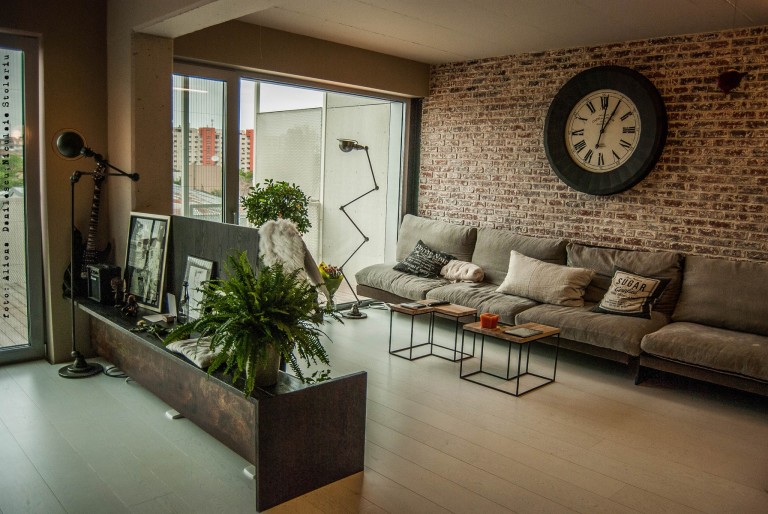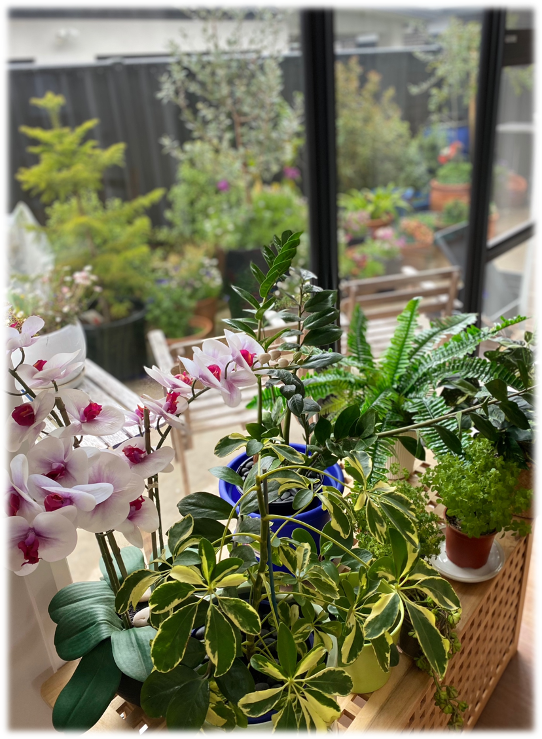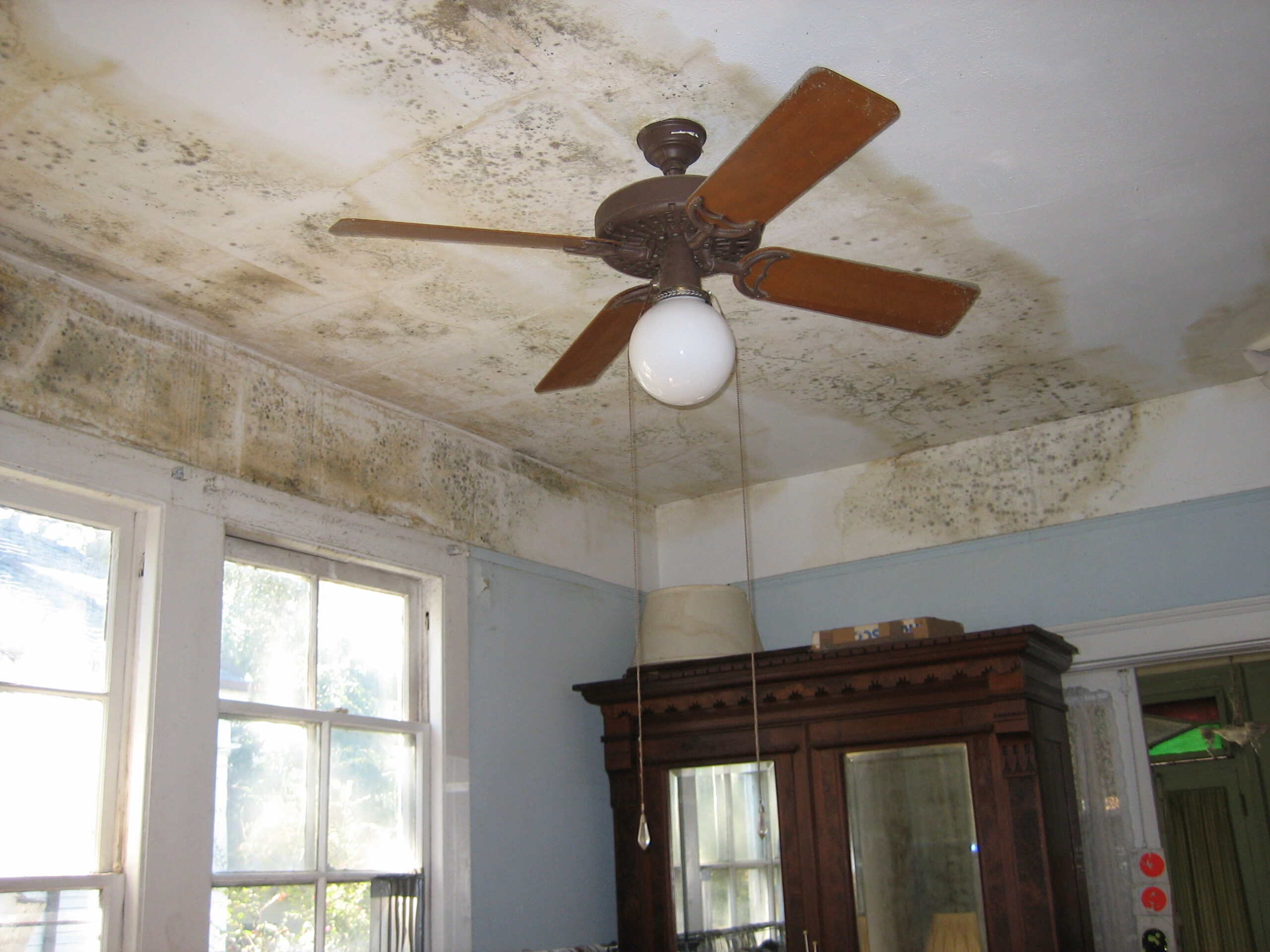Open Concept Living Expands Every Inch

Imagine stepping into a home where spaces flow effortlessly—no clunky walls cutting off conversation or sunlight. Open concept living isn’t just a design move; it’s an emotional upgrade, making even modest homes feel generous and free. Designers in 2025 are obsessed with this approach because it instantly boosts connection between family and friends, letting energy and laughter travel from kitchen to living room without barriers. A single wall removed can make a small kitchen feel like a grand entertaining hub, and studies show perceived space jumps by up to 30%. It also means your favorite view—maybe a blooming backyard or a city skyline—can shine from every corner. One couple in Seattle knocked out a hallway and suddenly their home felt twice the size, all while raising its market appeal. This trick isn’t just about following trends; it’s about creating homes that breathe with you.
Layered Lighting Sets the Emotional Tone
Walk into any designer’s favorite room and you’ll notice a glow that feels intentional—never harsh, never flat. Layered lighting is the secret: it combines overhead fixtures, task lights, and subtle accent lamps to create depth and drama. In 2025, designers swear by mixing dimmable chandeliers with wall sconces and hidden LED strips, so every mood has its moment. A cozy reading nook glows softly at dusk, while a dinner party sparkles under the perfect pendant. One Brooklyn homeowner swapped out a single ceiling fixture for layered options and found their evenings transformed—work, relaxation, and entertaining all felt distinct. It’s like painting with light, making your home adaptable to every emotion and activity. The right mix of lighting doesn’t just look good; it feels good, supporting comfort and well-being around the clock.
Biophilic Design Brings Nature Inside

There’s something magical about walking into a room filled with life—lush greenery, warm wood, the gentle curve of a stone bowl. Biophilic design is more than just a trend in 2025; it’s a way to lower stress and boost happiness right at home. Designers recommend leafy houseplants in living spaces, bamboo shelving in bathrooms, and nature-inspired art in hallways. Homes that embrace these elements see a noticeable shift in energy—suddenly, mornings feel fresher and evenings more peaceful. For example, a Nashville family added a living green wall and noticed their stress melted after long days. Even small touches, like a natural-fiber rug or driftwood centerpiece, can anchor a room and create a sense of calm. Research confirms what we feel instinctively: homes that echo the outdoors make us happier, healthier, and more at ease.
Statement Ceilings Make Every Room Unforgettable

Most people never look up, but designers know that magic happens overhead. Statement ceilings—be they painted bold, decked in wallpaper, or finished with intricate moldings—draw eyes upward, instantly making rooms feel taller and more dynamic. In 2025, designers are painting ceilings in unexpected hues like deep teal or soft blush, and even adding geometric wood beams for texture. A single ceiling transformation can turn a basic bedroom into a jaw-dropping sanctuary. One Chicago apartment swapped plain white for a midnight blue ceiling, completely changing the mood from bland to boutique-hotel chic. Even renters use removable decals or temporary panels for instant drama. This trick is a shortcut to wow-factor, giving every room its own memorable twist.
Multi-Functional Furniture Saves Space in Style
Clever furniture is a designer’s secret weapon for small or busy homes. In 2025, every inch matters, so pieces that do double duty—like an ottoman with hidden storage or a desk that folds out from the wall—are in high demand. Designers love these solutions because they keep homes clutter-free without sacrificing style. For instance, a convertible dining table lets a city dweller host friends one night, then fold it away for yoga the next morning. A sofa bed in a den means guests always have a welcoming spot without stealing your office space. One Toronto couple transformed their tiny condo using a coffee table that lifts up for dining and storage—suddenly, their studio worked like a spacious loft. These smart pieces make life smoother, ensuring your home adapts to you, not the other way around.
Color Psychology Shapes Every Experience
Color isn’t just about taste—it’s about how you feel when you walk through the door. Designers in 2025 are using color psychology to transform mood and function, room by room. Cool blues and leafy greens soothe bedrooms, making sleep deeper and mornings gentler. Sunny yellows and energetic oranges lift spirits in kitchens and playrooms. A simple coat of warm taupe in a hallway can make visitors feel instantly welcome. Take the example of a family who painted their entryway a soft lavender; suddenly, coming home felt like a gentle hug. Designers also use color to subtly influence resale value—neutrals in main spaces help buyers imagine their own stories, while bold accents create memorable moments. Color is emotion, and mastering it gives your home a powerful edge.
Textured Fabrics Add Instant Depth and Comfort

Walk into a designer-styled living room, and you’ll want to reach out and touch everything. That’s no accident—2025’s interiors are full of texture, from buttery-soft velvet pillows to chunky knit throws and sleek leather chairs. Designers mix these materials to make spaces feel inviting and multi-dimensional, not flat or cold. A linen sofa topped with embroidered cushions and a faux fur rug underfoot creates layers that draw people in. One Miami homeowner swapped all-smooth finishes for a mix of boucle, jute, and velvet and found their guests lingered longer, clearly more comfortable. Texture isn’t just visual; it’s tactile luxury on any budget, turning the everyday into something extraordinary. It’s the difference between a room you look at, and a room you truly live in.
Sustainable Materials Tell a Meaningful Story
Eco-friendly design isn’t just a buzzword—it’s a responsibility, and in 2025, designers are making it irresistibly stylish. Reclaimed wood tables, bamboo floors, recycled glass tiles—these choices give homes character and show off your values. Choosing sustainable materials means every surface has a backstory, like a dining table crafted from old barn beams or pendant lights made from recycled metal. One couple in Austin used upcycled doors for their headboard and sparked endless conversations with guests. These earth-friendly upgrades also attract resale-savvy buyers, who increasingly look for green features. Sustainability is about feeling good at home—knowing your space is beautiful, unique, and a little kinder to the planet.
Personalized Art Makes Every Wall Matter
Nothing transforms a blank wall like art that means something to you. In 2025, designers are encouraging homeowners to curate collections that tell their story—maybe a gallery of family snapshots, a statement canvas from a local artist, or even framed children’s drawings. Art personalizes spaces, making them feel alive and authentic. A well-chosen piece in the entryway can greet guests with a sense of your spirit, while a dramatic print in the dining room sparks conversation. One Los Angeles homeowner filled a hallway with vintage travel posters, turning a forgettable space into a daily joy. Art isn’t just decoration; it’s the soul of your home, creating a sense of identity and belonging in every room.
Smart Home Tech Seamlessly Blends Beauty and Function

Modern living demands more than looks—it’s about ease, safety, and control. In 2025, designers are integrating smart technology in ways that are invisible but transformative. Picture lights that dim with a word, thermostats that learn your schedule, and security cameras you check from your phone, all without clunky gadgets cluttering up your style. One busy family installed smart blinds and found their mornings ran smoother, sunlight streaming in as they woke up. Sleek wall panels and voice-activated assistants don’t just add convenience—they future-proof your home, making it more attractive to buyers who value efficiency and innovation. When tech is woven into the design, homes become both smarter and more soulful.

Renowned for her warm and inviting aesthetic, Joanna Gainsley has revolutionized modern farmhouse design. In The Cozy Home Guide, she shares practical tips on how to make any space feel like a sanctuary.
